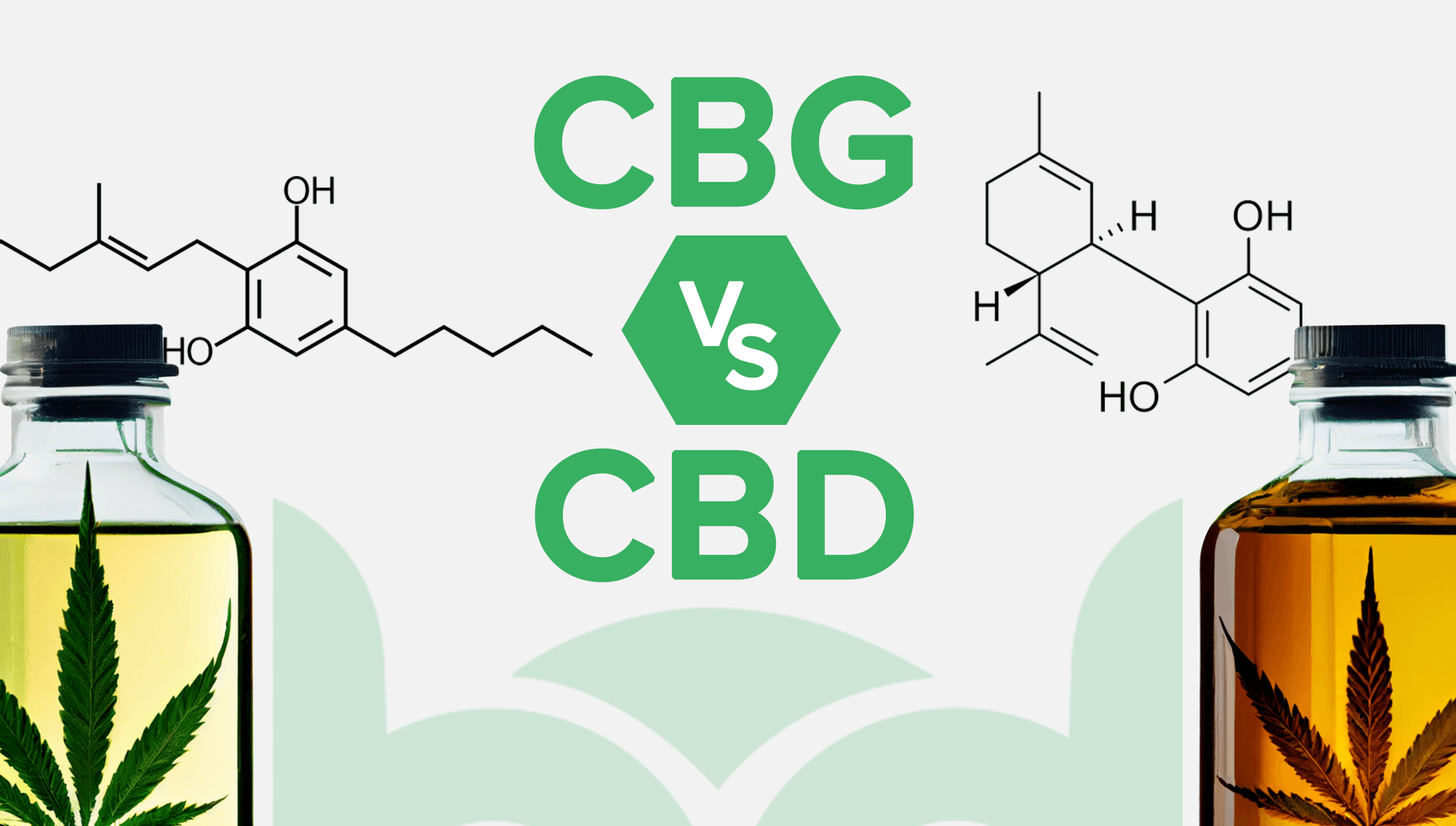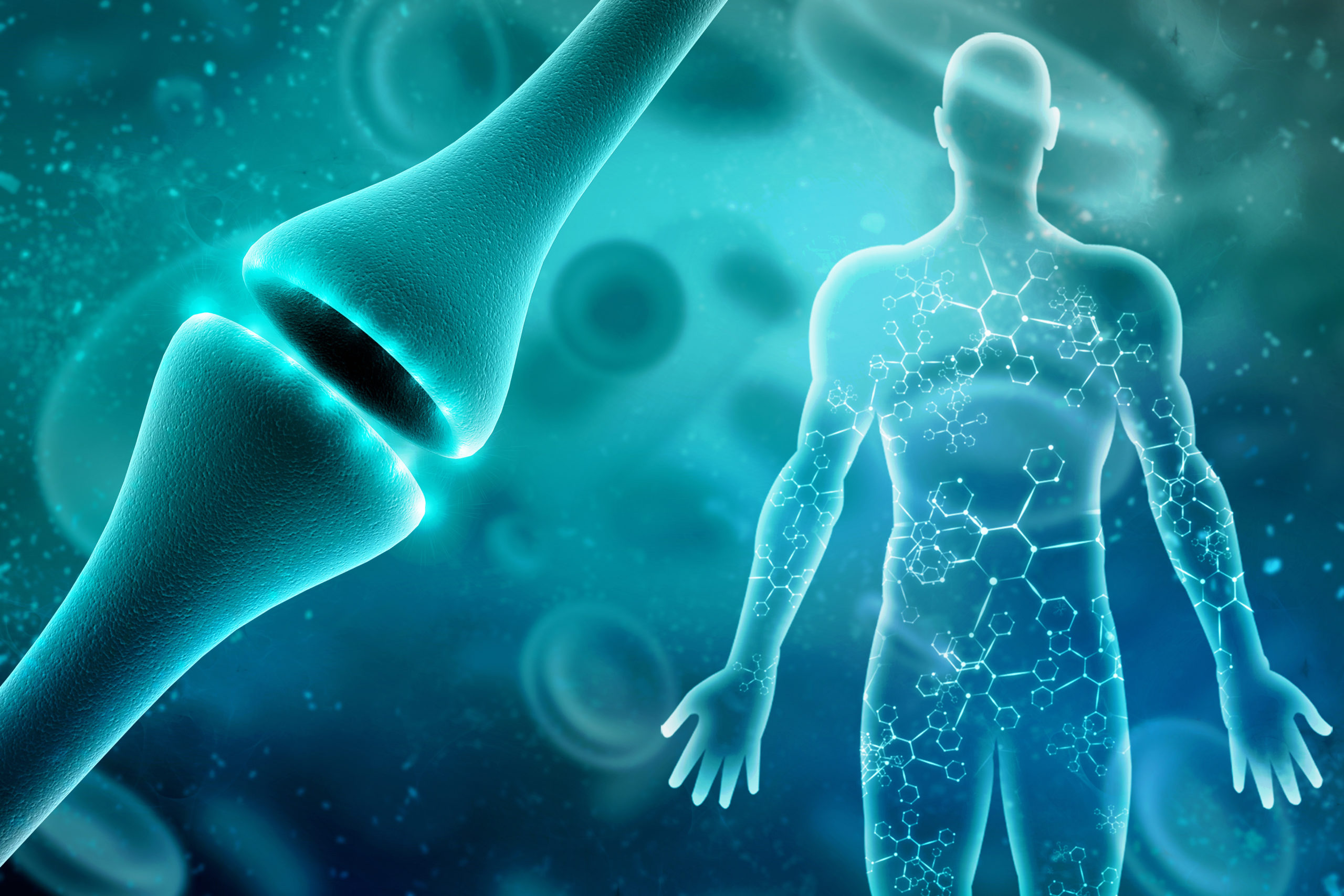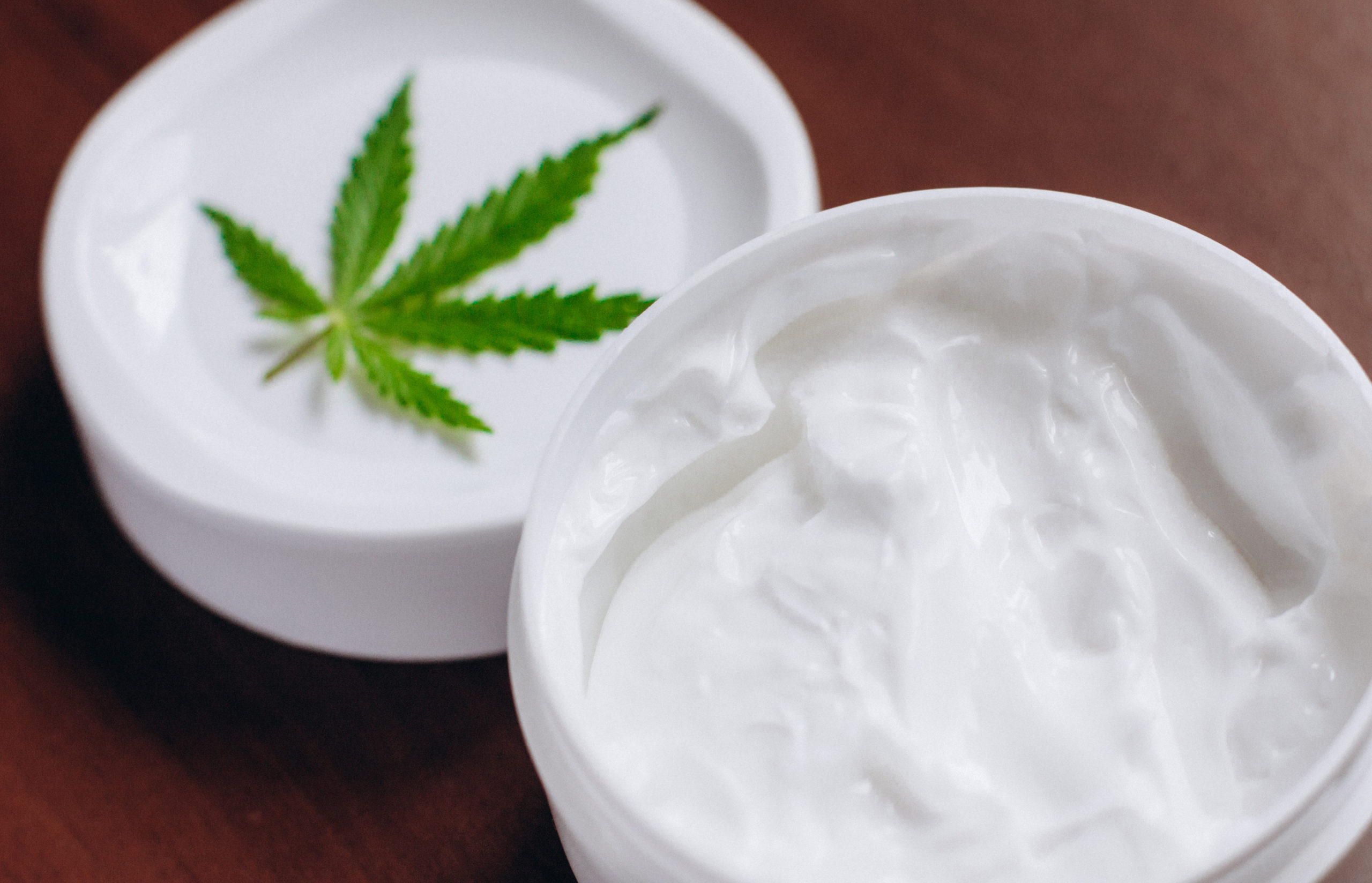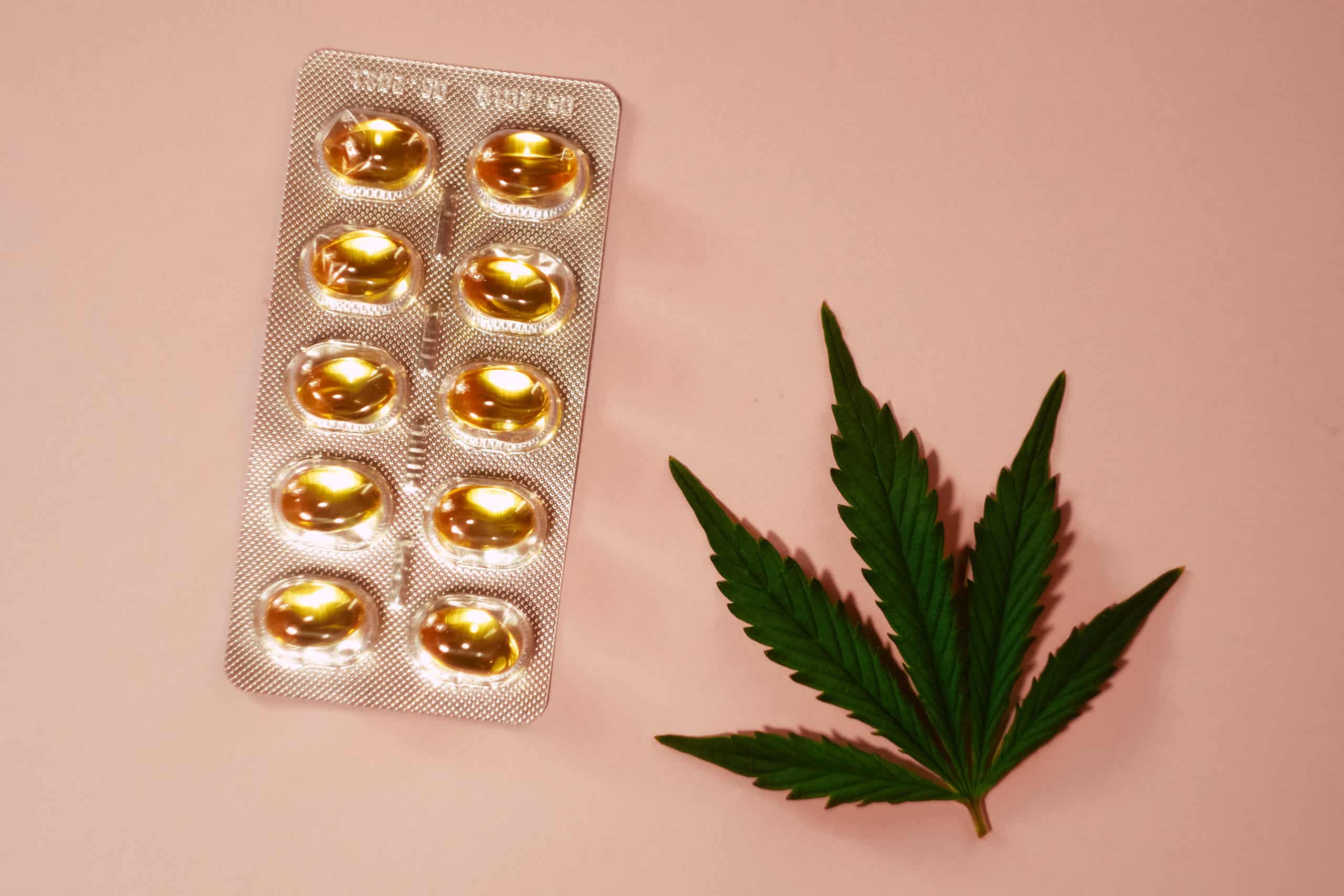-
- Market Research
- |
- CBD Near Me
- |
- Giveaways
- |
- Newsletter
- |
- Contact
- |
- Advertise
- |

According to the CDC, roughly 4 million US adults are affected by fibromyalgia. Although researchers don’t fully understand the cause of fibromyalgia, there are means of treatment available. The unknowns of this condition have left many people asking the question: can CBD help with fibromyalgia?
This question should come as no surprise considering that research indicates CBD may alleviate the most common fibromyalgia symptoms, which the CDC reports as:
- Pain and stiffness
- Fatigue
- Depression
- Anxiety
- Sleep problems
- Cognitive issues
- Headaches/migraines
If you’re remotely familiar with CBD, you likely recognize an overlap between its potential benefits and these common fibromyalgia symptoms.
A Look into the Research of CBD for Fibromyalgia
Current research on the potential of CBD for fibromyalgia relief is severely limited. However, the results of the few studies that have been conducted show enough evidence for scientists to continue studying this subject.

Journal of Clinical Medicine 2019: Cannabis and Fibromyalgia
In a 2019 study published by the Journal of Clinical Medicine, researchers observed several hundred participants diagnosed with fibromyalgia for a minimum of six months. Since women are twice as likely to develop fibromyalgia as men, 82% of participants were female.
This study explored the benefits medical cannabis may provide for patients diagnosed with fibromyalgia. Although the medical cannabis used in the study contained both THC and CBD, the results provided a view into how cannabinoids may play a role in alleviating fibromyalgia symptoms.
Participants were initially given a low dose of medical cannabis. Over the course of six months, researchers titrated the dosage given to participants. The average starting dosage was 670mg/day, and by the six-month mark, the average medical cannabis dosage was 1,000mg/day. This resulted in participants being exposed to a daily average of 140mg of THC and 39mg of CBD.
This study did not come without a few limitations. Researchers stated that “this study was observational in nature and could not establish causality between medical cannabis use and improvement in fibromyalgia outcomes.” In other words, they were unable to definitively state that observed results were directly due to participants using medical cannabis because the study was neither randomized nor controlled.
Secondly, researchers faced issues with participants who were unwilling to follow-up after the initial six-month trial period. A 30% non-respondent rate was reported, which may have resulted in a non-response bias.
Lastly, the study was designed to incorporate 14 various medical cannabis strains. According to researchers, “this prevented [researchers] from conducting a comparison between THC and CBD strains and products in terms of effectiveness and safety.”
Limitations aside, the data collected was still grounds for researchers to deem medical cannabis a potentially “effective and safe treatment to fibromyalgia.” Additionally, the results of this study “highlight the need for further research.”
Overall, 52.5% of the study participants initially reported their pain level as “high”; however, after six months of treatment, the number of participants reporting “high” levels of pain was reduced to 7.9%.
International Association for the Study of Pain 2019: THC, CBD and Fibromyalgia
In a similar but much smaller study (n=20) published by the Journal of International Association for the Study of Pain, researchers explored medical cannabis use in fibromyalgia cases. This study varied from the aforementioned research by documenting how various THC:CBD ratios affected patient outcomes.

Participants were provided with four variations of medical cannabis. These variations included a placebo dose (containing no THC or CBD), a dose containing both high THC and CBD, a low THC/high CBD dose, and a high THC/low CBD dose.
The results of the study revealed that high CBD/low THC products were not successful in alleviating fibromyalgia pain. However, those using high THC/low CBD products reported a notable improvement in their pressure/pain threshold.
Here is where things get interesting for CBD. Although the high CBD/low THC products proved ineffective, 90% of participants reported a 30% improvement in spontaneous pain when using a product containing high concentrations of both CBD and THC.
Overall, researchers concluded that more research is required to understand the complexities of THC/CBD’s role in pain reduction though early evidence shows CBD alone may not be effective in treating fibromyalgia pain. That said, it is important to remember that this was a relatively small study and certainly not comprehensive evidence.
Other Potential Benefits of CBD
The growing list of potential CBD benefits makes this naturally occurring, non-intoxicating cannabinoid seem too good to be true at first glance, but results from studies around the world are beginning to back up some of these claims.
Many of the benefits touted by CBD users are only supported by anecdotal evidence at this time. That said, the amount of positive user experiences, like many of those reported in our 2019 US CBD Consumer Report, has garnered the attention of researchers worldwide.
In our survey of over 1,000 individuals, users reported the following regarding their experience with CBD:
- 82.4% of those using CBD for energy reported CBD being very or extremely effective for increasing energy
- 79.5% of those using CBD for mood reported CBD being very or extremely effective for mood regulation
- 78.9% of those using CBD for relaxation reported CBD being very or extremely effective for relaxation
- 76.8% of those using CBD for sleep reported CBD being very or extremely effective in helping them sleep
- 67.4% of those using CBD for aches/discomfort reported CBD being very or extremely effective in providing relief from aches/discomfort
If we look at the controlled study results currently available, we can see additional reason to believe CBD has a lot of potential.
In a study published in the Brazilian Journal of Psychiatry, researchers concluded that “CBD seems to produce its anxiolytic effects through receptors in the serotonergic system.” If you suffer from anxiety, you should check out our article that takes a deep-dive into using CBD for relief.
Another use case that has captured the attention of many is CBD’s potential to provide pain relief. Numerous studies have explored CBD as a pain treatment option with promising results. If you suffer from pain or have found yourself reaching for opioids, we recommend checking out our comprehensive piece on CBD’s potential to alleviate pain.
What is CBD?

Cannabidiol or CBD is a naturally occurring compound produced by the cannabis plant. This cannabinoid is closely related to THC; however, CBD does not produce any intoxicating or psychoactive effects.
CBD’s non-addictive and non-habit forming properties, a growing list of potential benefits, and removal from the DEA’s controlled substances list are all contributing factors to its rapid rise in popularity.
CBD is widely available in most retailers around the nation. Manufacturers have created a litany of CBD products for consumers to choose from. Currently, CBD-infused product offerings include tinctures, vapes, edibles, patches, capsules, creams, smokable flower, and much more.
CBD Risks and Side Effects
Like most things, users should be informed of the potential side effects and risks associated with CBD use.
Contraindications
CBD users who also use or plan on using other OTC or Rx medications should discuss the potential for interactions with their medical provider.
CBD utilizes the Cytochrome P450 enzyme which is produced by the liver. This enzyme is responsible for metabolizing or breaking down CBD into a form that our bodies can use.
The potential for contraindications may surface when a CBD user takes another medication that also utilizes CYP enzymes in order to reach systemic circulation. An estimated 70-80% of modern medications rely on CYP enzymes.
Side Effects
CBD is commonly thought of as free of side effects, but this isn’t entirely true. Reports of side effects associated with CBD are generally deemed mild.
In a study published by the Journal of Cannabis and Cannabinoid Research, the most commonly reported side effects associated with CBD use include sleepiness, changes in appetite/weight, and diarrhea.
That said, the same study also comments, “in comparison with other drugs, used for treatment of these medical conditions, CBD has a better side effect profile.” [13]
Limited Research
Although there are currently over 300 clinical trials underway involving CBD, there is limited information that has already been published.
This is due in part to CBD’s rapid rise in popularity coupled with the removal of many regulatory hurdles with the passing of the 2018 Farm Bill.
All current and potential CBD users should remember that a lot of evidence behind CBD’s potential is anecdotal. This isn’t intended to discourage users from trying CBD but instead, to serve as a reminder that just because CBD works for one person, doesn’t necessarily mean it will work for everyone. Hopefully, as more research becomes available, scientists will develop a better understanding of CBD’s mechanisms of action.
Is My CBD Product High-Quality?
It probably comes as no surprise that, like most industries, there are some shady brands in the CBD space. Without additional regulation, the burden remains on the individual to ensure they’re using a high-quality CBD product from a reputable brand.
We recognize the headache this can be for many users. That’s what led us to create our CBD Knowledge Center. This free resource is filled with countless tips and guides to help you get the most out of your CBD purchases.
Additionally, we’ve implemented a Trusted Brands tool. This is a free tool where users can compare the pros and cons of CBD brands that we’ve thoroughly vetted for quality.
If you’re looking for a tip, we recommend checking for your product’s certificate of analysis (COA). COAs are documents provided to brands by third-party labs. COAs provide information regarding your product’s contents as well as the presence of potential toxins (heavy metals, pesticides, mold, etc.).
Every CBD product should have a matching COA available. If you’re unable to find a COA for your product on the brand’s website or if they’re unwilling to provide a copy of the COA, this is a major red flag and a reason to find a new CBD brand.
Another thing that all CBD users should check for is proper labeling. If the information on your product’s label seems vague or there appears to be a lot of room for interpretation regarding contents, dosage, or directions, we recommend reaching out to the brand through their website or social media for further clarification.
Overall, users should remember that a reputable CBD brand will always be happy to provide a COA for any of their products and discuss any questions you may have.
Conclusion
Preliminary research presents a mixed bag in terms of CBD’s ability to provide relief from fibromyalgia symptoms. With the hundreds of CBD-based clinical trials in progress, we suspect researchers will be able to provide a more definitive answer into CBD’s potential to help those suffering from fibromyalgia.
If you are currently battling fibromyalgia and want to try CBD, we recommend first speaking with your medical provider to develop a monitoring plan and discuss any changes to keep an eye out for.
We also recommend signing up for our free newsletter. This is a great resource for the latest CBD news, research findings, and product reviews.







